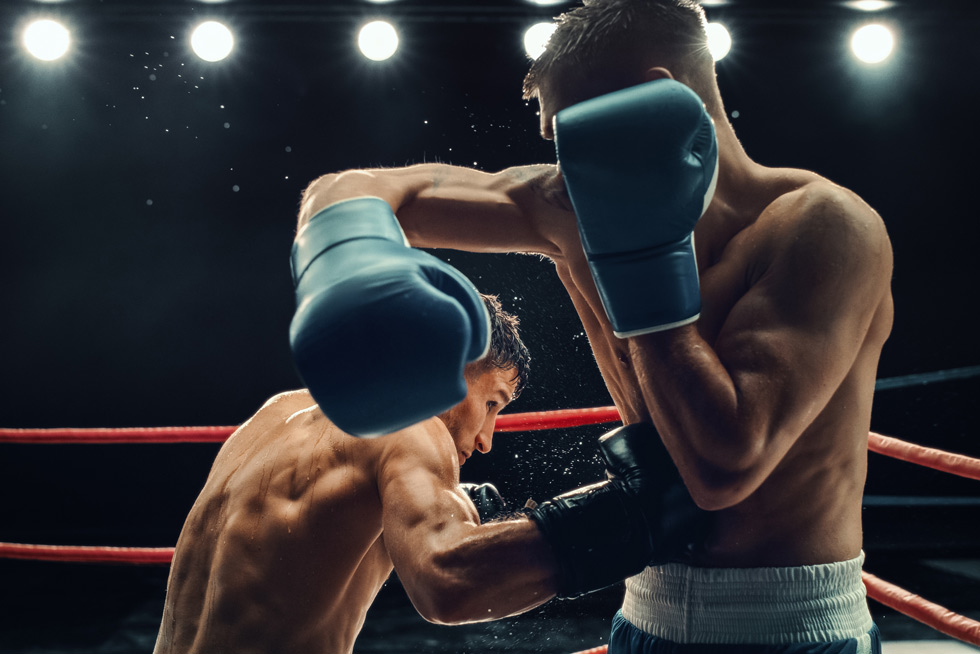

The Floyd Mayweather Scandal: Can Vitamin Infusions Really Enhance Performance?






The recent scandal of boxer Floyd Mayweather in his fight against Manny Pacquiao, brought out of hiding the increasingly common use of intravenous infusions as a performance enhancer within the athletic community.
See http://www.bbc.co.uk/sport/0/boxing/34216157.
Traditionally, the infusions were seen within medical tents of marathons and triathlons. These infusions generally consisted of normal saline, some had glucose to replenish lost supplies, and some vitamins and minerals. They were used mainly as recovery tools instead of performance enhancing tools. These days, it has become increasingly trendy for top level athletes who compete in multi-day events to use these drips to speed recovery in preparation for the next day’s events.
Which brings us to the question of… does it really work?
Factors supporting its use:
Factors against its use:
Bottomline is that for multi day events, it does help hasten recovery for the next day’s event. For the rest, they can choose to use it post or pre-event to boost the levels of nutrients and aid cell healing and regeneration or simply wait and rest until things feel like it’s back to normal again.
Riebe D., Maresh C.M., Armstrong L.E. et al. (1997). Effects of oral and intravenous rehydration on ratings of perceived exertion and thirst. Medicine and Science in Sports and Exercise, 29, 117-124.